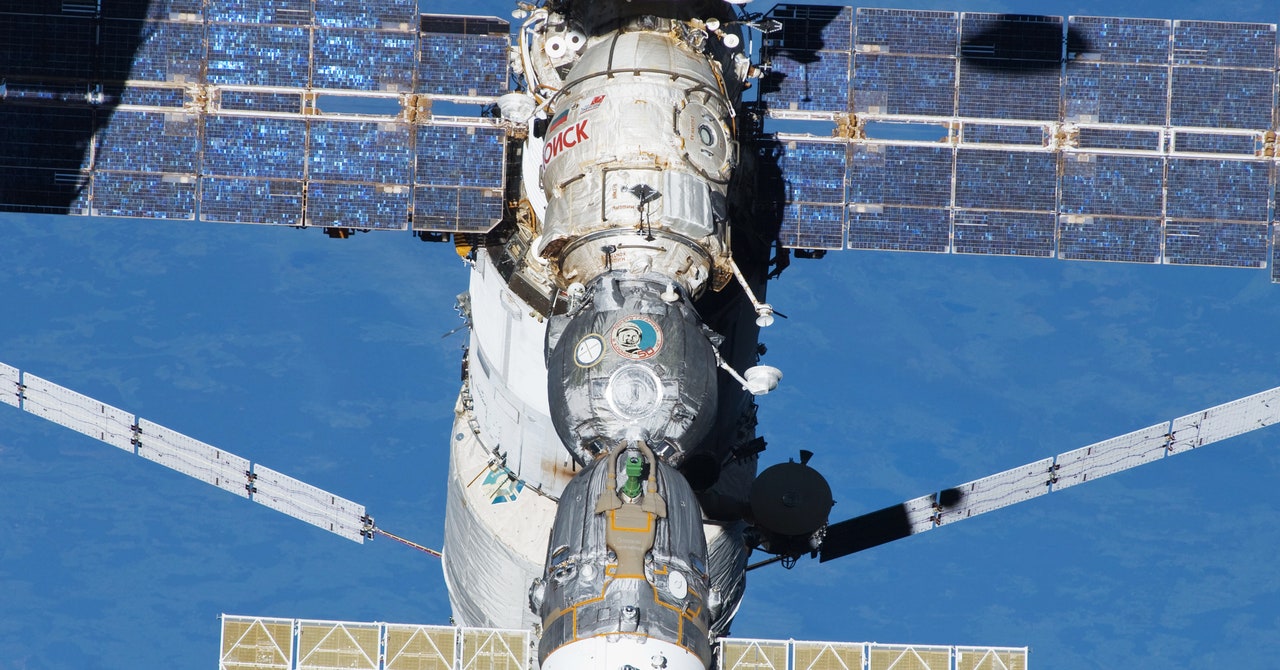
There’s not much going for Roscosmos at this point other than the ISS—or a replacement to be called the Russian Orbital Service Station, which Borosiv claimed could be developed and launched as early as 2028.
That’s an overoptimistic timeline, Samson and Dreier argue, considering it took more than 12 years for Russia to develop its Nauka ISS module, which launched to the ISS last year. “I don’t see that, considering their funding issues. And Russia’s civil space program has quality control issues and corruption issues as well. I don’t know that they could afford to build their own space station and continue to contribute to the ISS,” Samson says.
China is building its own space station, having launched the country’s second module, Wentian, last week. A third module, Mengtian, is planned for launch in October. Neither Chinese nor Russian officials have given any indication that they will collaborate on that station, which orbits at an inclination that would be difficult to reach from a Russian launch site. China and Russia have agreed, however, to jointly build a research station on the moon in the 2030s.
One of Russia’s biggest investments in space continues to be on the military side. The country has developed, deployed, and even used weapons against spacecraft, with consequences for international space security. Russia has tested anti-satellite missiles, most recently in November 2021, and lasers as well, and it has made use of electronic and cyberweapons against satellites and ground systems. (The US and Chinese militaries are working on similar technologies.)
“In Ukraine, we’ve seen GPS jamming, communications jamming, the jamming of Starlink—that they were able to eventually work around—and the cyberattack of ViaSat ground terminals,” says Kaitlyn Johnson, a researcher at the Center for Strategic and International Studies, a nonpartisan think tank in Washington, DC. But considering the relatively low cost of such attacks, so far the Russians haven’t employed as much cyberwarfare as experts anticipated, Samson says.
In any case, the fractious state of affairs ultimately means more risks to spacecraft and the ground infrastructure they depend on, including commercial satellites that have been involved in the conflict between Russia and Ukraine. Such satellites include US-based satellite imaging companies like Maxar and Planet and radar imagery companies like Capella Space, which can spot military convoys and troop movements. Elon Musk and SpaceX have had no qualms about intervening on Ukraine’s behalf as well by aiding military communications with Starlink. This could be part of a trend, Johnson says; she thinks SpaceX is becoming more like a traditional military contractor in the vein of Northrop Grumman and Lockheed Martin, which similarly work with both NASA and the Pentagon. SpaceX has government contracts for launching military satellites and building missile-tracking satellites and is exploring a Pentagon partnership for the space transportation of military supplies.
And when satellite companies become enmeshed in conflicts on the ground, that could have repercussions in space. Militaries can only attack military objectives, not civilian ones, according to the international law of armed conflict. But that won’t stop “dual use” civilian spacecraft like Starlink’s and Maxar’s, along with their ground infrastructure, from becoming potential targets for Russia, if they’re being used for both civilian purposes and military ones in Ukraine, says David Koplow, a Georgetown law professor and author of a recent paper on the law of armed conflict in space.


